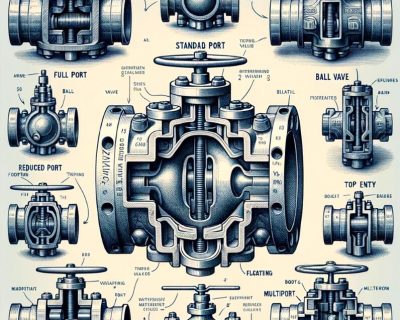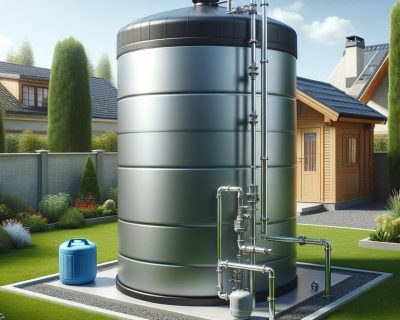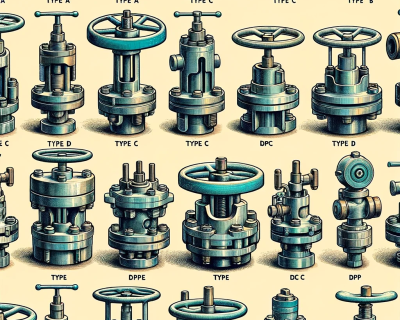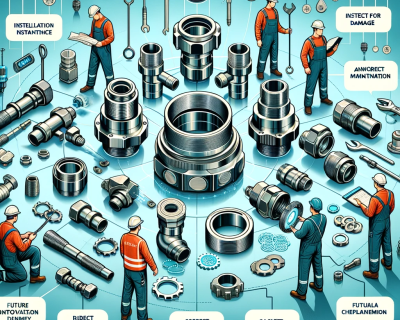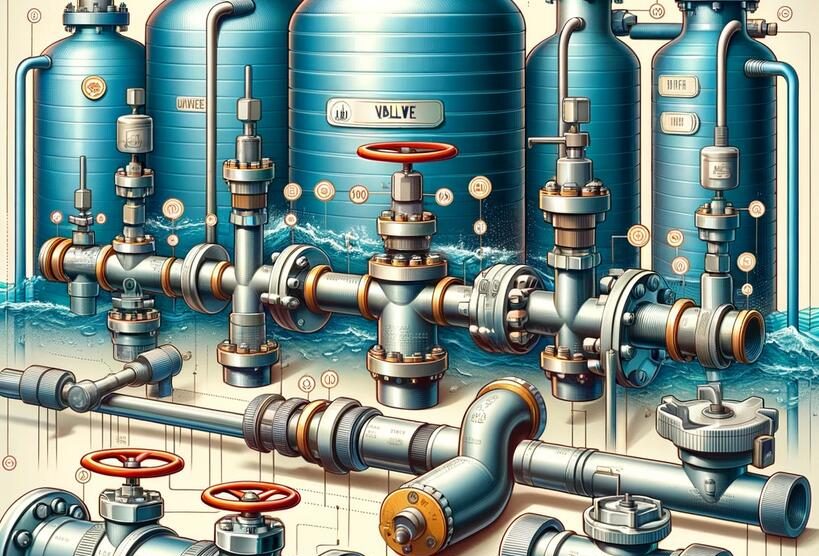
Mastering Water Tank Valves: Essential Tips for Efficient Water Management
Table of Contents
ToggleIntroduction
Water tank valves are integral components in efficiently managing water systems in residential and industrial settings. This guide provides everything you need to know about selecting, maintaining, and troubleshooting water tank valves. Whether you’re a homeowner, a facilities manager, or an industry professional, understanding the nuances of water tank valves is crucial for maintaining an effective water system.
Understanding Water Tank Valves
A water tank valve is a device that controls the flow of water in and out of a storage tank. They are essential for regulating water pressure, maintaining water quality, and ensuring the safety of the water system. There are various types of valves, including ball, gate, and check valves, each serving a specific purpose in the water management system. Selecting the right valve is critical for the efficiency and longevity of your water system.
Types of Water Tank Valves
- Ball Valves: Known for their durability and excellent shut-off capabilities.
- Gate Valves: Ideal for applications requiring a straight-line flow of water.
- Check Valves: Prevent backflow and maintain the directional flow of water.
Selection Criteria for Water Tank Valves
Choosing the right water tank valve involves considering various factors such as material, size, pressure rating, and the specific needs of your water system. For instance, brass valves are popular for their corrosion resistance, while PVC valves are preferred for their lightweight and cost-effectiveness. The valve’s size and pressure rating should match your water system’s specifications to ensure proper functionality.
Factors to Consider
- Material: The valve’s compatibility with the water type and environmental conditions.
- Size: The valve size should correspond to the pipe size of your system.
- Pressure Rating: The valve should withstand the system’s maximum operating pressure.
Installation Tips for Water Tank Valves
Proper installation of water tank valves is crucial for their performance and lifespan. It’s essential to follow a step-by-step approach while adhering to safety standards. Common installation errors include over-tightening, which can lead to leaks, and using incompatible materials, which can cause corrosion. Below is a guide to help you install your water tank valve correctly.
Installation Guide
- Preparation: Gather all necessary tools and shut off the water supply.
- Measurement: Ensure the valve size matches the connecting pipes.
- Installation: Follow the manufacturer’s instructions for a secure fit.
Maintenance and Troubleshooting
Regular maintenance of water tank valves can significantly extend their lifespan and maintain efficiency. Routine checks for leaks, blockages, and wear and tear are crucial. Before seeking professional help, it is recommended to try basic troubleshooting steps to resolve issues. For instance, a leaking valve might only require a simple gasket replacement.
Common Issues and Solutions
- Leaks: Often caused by worn-out seals or loose connections.
- Blockages: Regular cleaning can prevent debris build-up.
- Wear and Tear: Regular inspections can identify parts that need replacement.
Understanding the types, selection criteria, installation, and maintenance of water tank valves is crucial for efficient water management. By following the guidelines in this article, you can ensure the longevity and functionality of your water system. Regular maintenance and timely troubleshooting are key to preventing major issues and providing a steady and reliable water supply.
Innovations and Future Trends in Water Tank Valves
In water management, technological advancements are continuously shaping the future of water tank valves. The push towards more efficient, durable, and smart water systems has led to significant innovations in valve technology. Smart valves equipped with sensors are becoming increasingly popular, as they offer real-time monitoring and control, which is vital for optimizing water usage and preventing wastage. These advanced valves can be remotely operated, providing convenience and efficiency.
Technological Advancements in Valve Design
- Smart Water Tank Valves: Integration of IoT (Internet of Things) for remote monitoring and control.
- Automated Flow Control: Systems that adjust flow based on real-time demand, enhancing efficiency.
- Eco-friendly Materials: Development of valves using sustainable materials to reduce environmental impact.
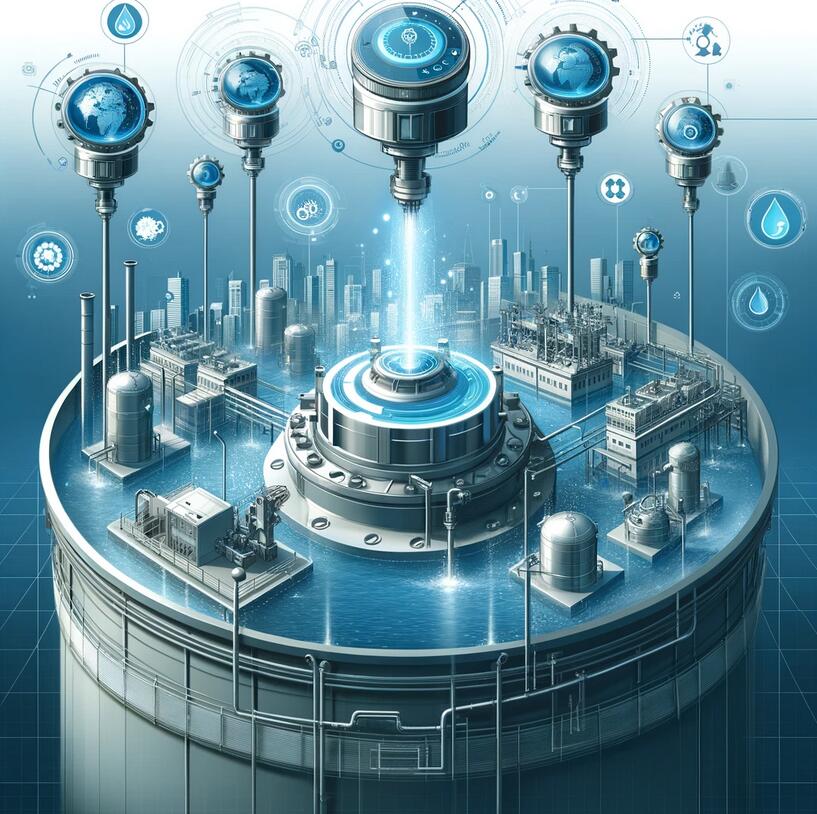
Case Study: Successful Water Tank Valve Management
To illustrate the impact of proper water tank valve management, let’s examine a real-world scenario. A large residential complex in California faced challenges with its old water system, including frequent leaks and inefficient water usage. After a thorough evaluation, the complex upgraded its system with modern ball valves with smart sensors. The result was a 20% reduction in water wastage and improved water pressure throughout the complex. This case study underscores the importance of investing in quality water tank valves and embracing new technologies.
Lessons Learned
- Investment in Quality: Upgrading to higher-quality valves can lead to long-term savings and efficiency.
- Embracing Technology: Utilizing smart valves can significantly improve water management.
- Regular Maintenance: Ongoing care and inspection play a crucial role in system longevity.
Conclusion
The journey through the world of water tank valves reveals a landscape rich in variety, innovation, and opportunity for efficient water management. From understanding different types of valves to embracing cutting-edge technologies, every aspect plays a vital role in water systems’ overall performance and sustainability. As we continue to face global water conservation and management challenges, the significance of mastering water tank valves cannot be overstated. Whether for residential use or large-scale industrial applications, the knowledge and practices outlined in this article will empower you to make informed decisions, contributing to a more efficient and sustainable future.


